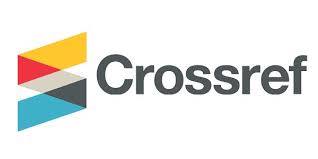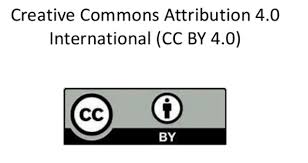Efficacy and Economics of Different Weed Control Practices in boro Rice under High Ganges River Floodplain of Bangladesh
DOI:
https://doi.org/10.47440/JAFE.2022.3307Abstract
Weed management practices are crucial for controlling weeds as they reduce yield, increase the production cost as well as deteriorate the grain quality. So, an experiment was conducted at Monirampur, Jashore, Bangladesh during July 2020 to June 2021 to find out the appropriate weed management practices in boro rice. BRRI dhan29 was selected as planting material to see the effect of seven different weed management practices such as no weeding, pre-emergence, post-emergence, pre-emergence followed by (fb) hand weeding (HW) at 40 DAT, post-emergence fb HW at 40 DAT, pre-emergence fb post-emergence and two HW at 20 and 40 DAT following single factor randomized complete block design (RCBD) with three replications. The study revealed that Poaceae and Cyperaceae contributed more weeds among 15 different families. Monochoria vaginalis, Fimbristylis miliacea, Echinochloa crus-galli, Cyperus rotundus and Alternanthera sessilis were more abundant among 34 weed species. The highest weed density (98.22 m−2 ) and dry weight (51.36 g m−2 ) were found in no weeding condition but that of the lowest value (weed density: 9.93 m−2 and dry weight: 3.59 g m−2 ) was observed in pre-emergence fb one HW at 40 DAT. The highest grain yield (6.52 t ha-1 ), net income (91571 Tk ha-1 ) and B:C ratio (1.9) were recorded in pre-emergence fb HW at 40 DAT followed by pre-emergence fb post-emergence treatment. The lowest value of grain yield (3.29 t ha-1 ), net income (12290 TK ha-1 ) and B:C ratio (1.14) were found in no weeding treatment. As per results, it can be concluded that pre-emergence fb HW at 40 DAT has been revealed as the best weed management practice for BRRI dhan29.






 Publisher:
Publisher: 